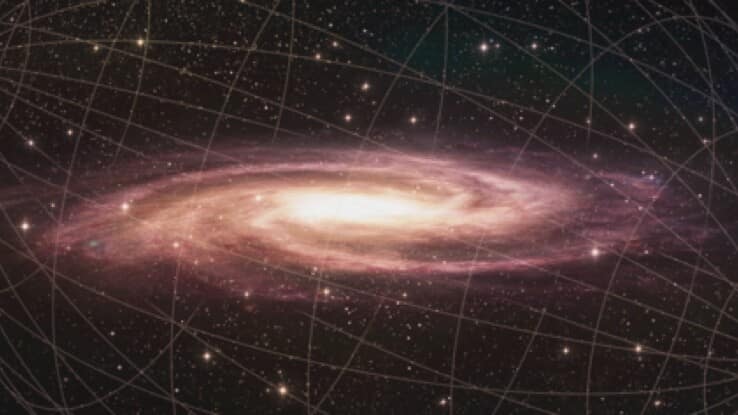
Milky Way has more dwarf galaxies than we thought
What's the story
Astronomers have discovered two new dwarf galaxies, Virgo III and Sextans II, in a region of Milky Way already densely populated with such galaxies. This discovery, led by Daisuke Homma of the National Astronomical Observatory of Japan, exceeds the predictions of dark matter models. "Including four previously known satellites, there are a total of nine satellites in the HSC-SSP footprint," reported Homma's team. The rate at which these ultra-faint dwarfs are being discovered is much higher than recent models predicted.
Discrepancy
Dark matter models challenged by discovery
Dark matter, an invisible entity in the universe, provides extra gravity that can't be attributed to normal matter. It gives galaxies extra speed for rotation and more gravitational force to attract and retain satellite galaxies. However, the discovery of Virgo III and Sextans II challenges current dark matter models. These models predicted only four dwarf galaxy satellites in their location, but with these new findings, the total number has risen to nine.
Implications
Dwarf galaxy count exceeds current predictions
Current models estimate about 220 dwarf galaxies are orbiting the Milky Way. However, if the distribution found in the HSC-SSP footprint is applied to the rest of space around our galaxy, this total would come closer to 500 satellites. This discrepancy suggests that this particular region might contain a higher concentration of satellites than an average section of space. The 'too many satellites' problem described by Homma's team indicates a potential need for revising current dark matter models.
Next steps
Future studies to confirm concentration
To validate these findings, astronomers plan to study other areas of the sky. "The next step is to use a more powerful telescope that captures a wider view of the sky," said astronomer Masashi Chiba of Tohoku University. The Vera C. Rubin Observatory in Chile, set to begin operations next year, is expected to aid in this research. This study has been published in the Publications of the Astronomical Society of Japan.